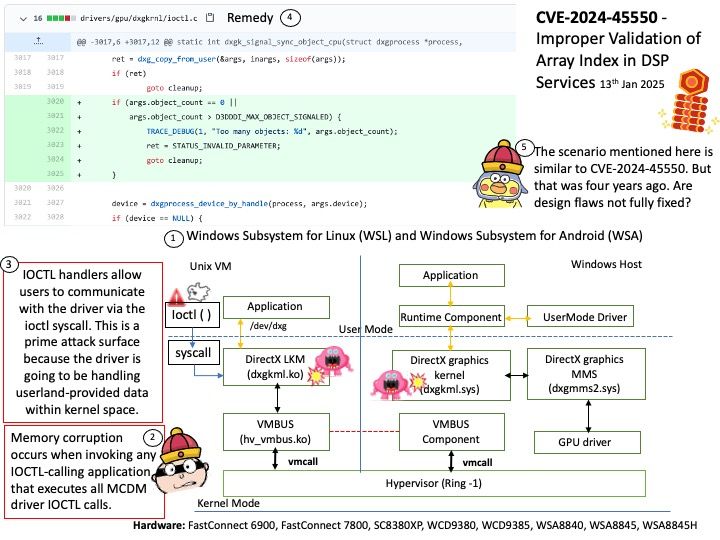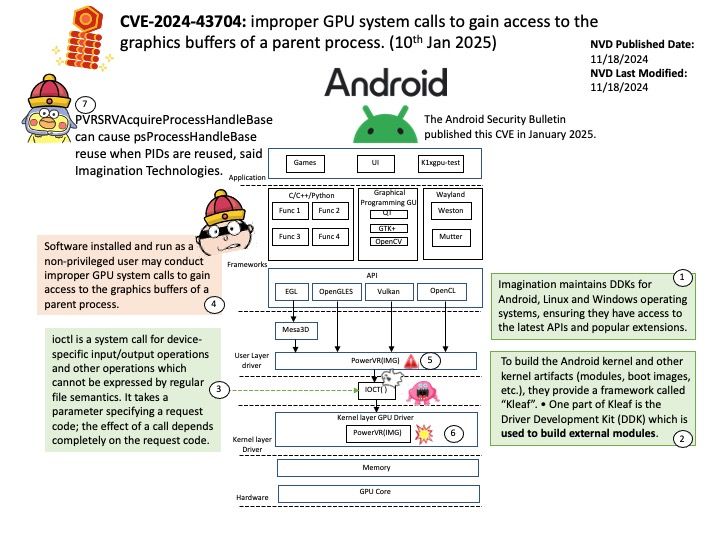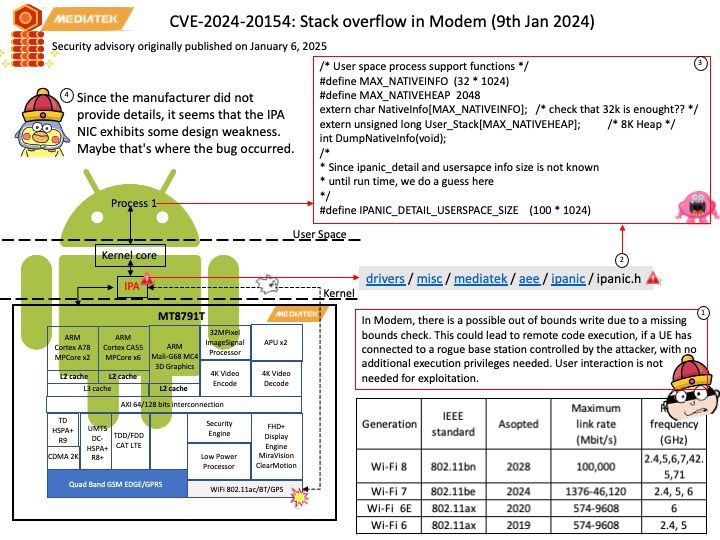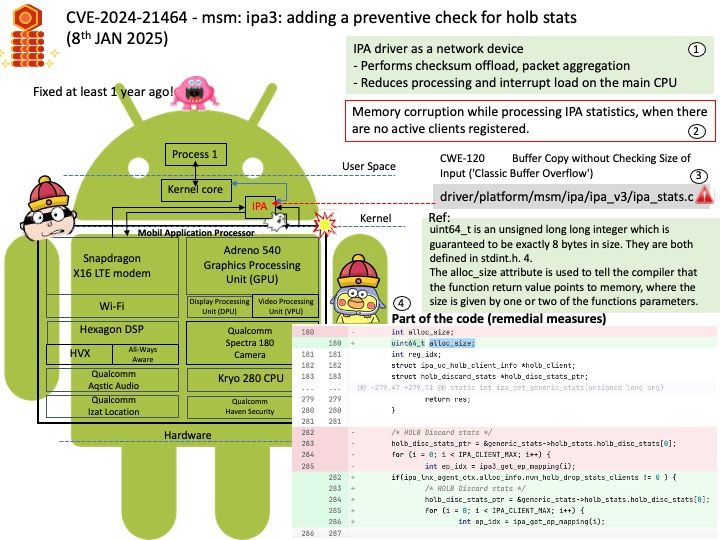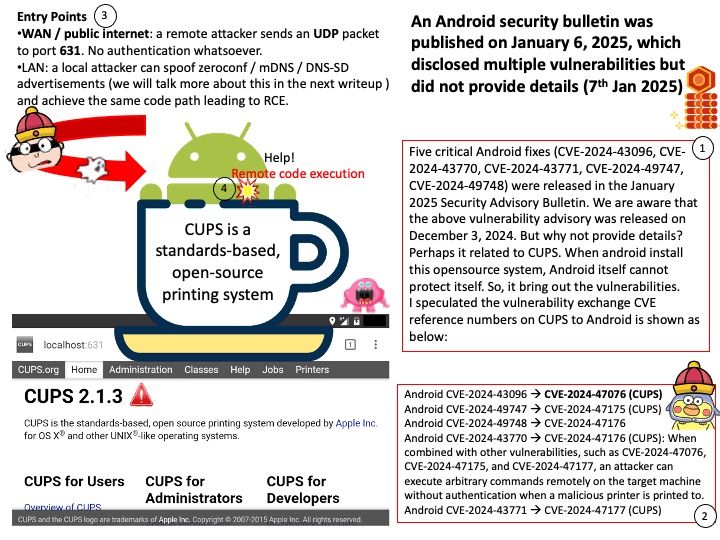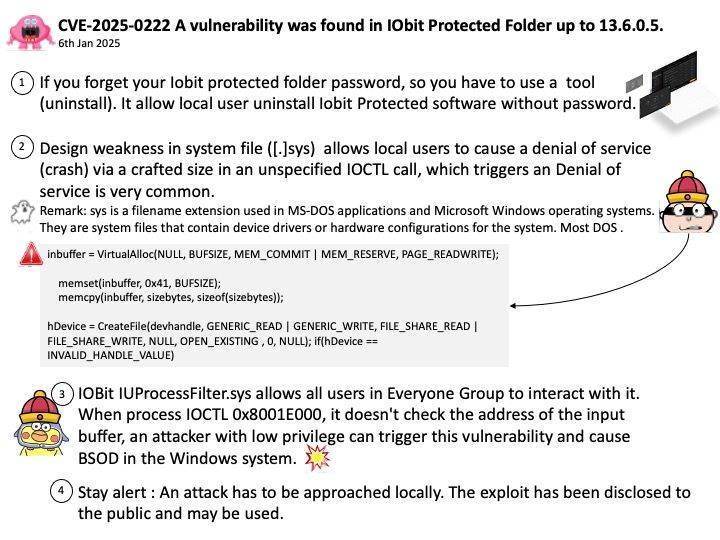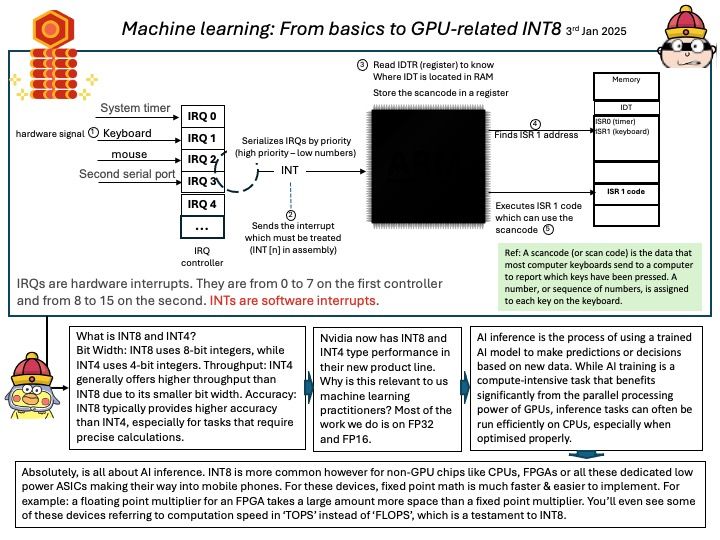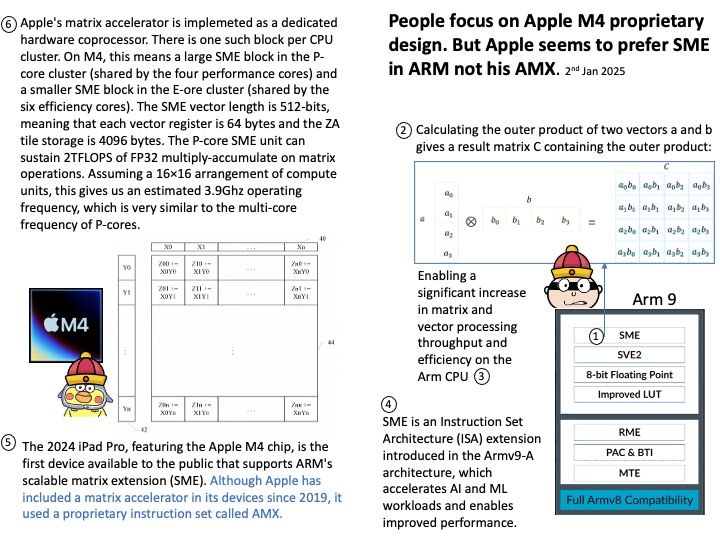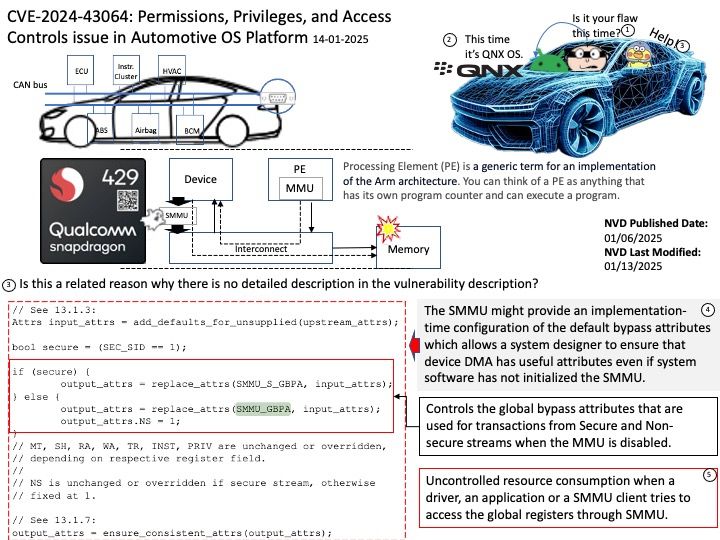
Preface: QNX is also used in devices where failure is not an option. Fault tolerance was and is the biggest priority for the QNX operating system. A great example from the past is that the SpaceX Falcon rockets used the QNX Real-Time Operating System.
Background: An SMMU performs a task like that of an MMU in a PE. It translates addresses for DMA requests from system I/O devices before the requests are passed into the system interconnect. The SMMU only provides translation services for transactions from the client device, not for transactions to the client device. Transactions from the system or PE to the client device are managed by other means, for example, the PE MMUs. The role of an SMMU shows the role of an SMMU in a system.
Vulnerability details: Uncontrolled resource consumption when a driver, an application or a SMMU client tries to access the global registers through SMMU.
Official announcement: Please refer to the link for details – https://nvd.nist.gov/vuln/detail/CVE-2024-43064
